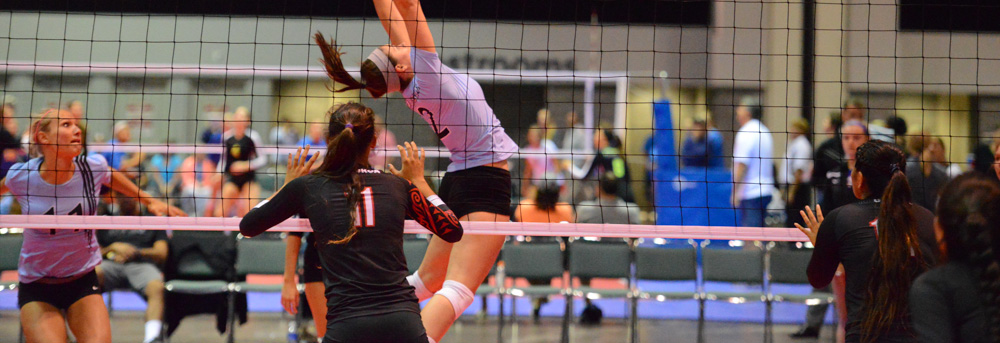How Soon and How Much?
When should young athletes start strength training, and how much weight is appropriate?
It’s perhaps the most common question from coaches and parents interested in strength training for young athletes.
Conventional wisdom was that young athletes should not begin strength training before puberty. The physiology behind this conclusion is that weight training before adolescence isn’t useful because the prepubertal child lacks the hormonal environment to generate an anabolic, muscle-building response.
It’s always good to re-check assumptions, and a couple of weeks ago I did just that.
As it turns out, this conventional wisdom was based upon studies and conclusions from the 1970s. More recently, here are a two interesting review articles from the Journal of Sports Science and Medicine (2007) and Pediatrics (2010) that lead to a different conclusion.
The review articles above cite studies showing that while prepubertal children do not experience muscular hypertrophy with weight and resistance training ( as expected by a lack of testosterone/anabolic hormones), they do in fact experience strength gains.
These studies suggest that increased strength is due to neuromuscular conditioning as demonstrated by increased electromyogram (EMG) activity – not increased muscle size. Regardless of the underlying mechanism, children do gain strength and fitness with resistance training.
So does this mean our twelve year olds should be turned loose at the gym to deadlift their bodyweight?
Not so much. As expected, a healthy dose of common sense is required. Sensible recommendations from the first article include:
- Proper form and safe mechanics are everything
- Given Recommendation [1], close supervision by a skilled trainer is mandatory
- No 1RM training (one-repetition "maxing out") for young athletes
- No training to absolute failure or eccentric loading ("negative reps") in young children and early adolescents
So how much weight is too much?
This question is actually a bit easier to answer. When in doubt, see Recommendation [1] above. While there are no speed limits on the highway to building strength and performance, there are also no guardrails. Therefore, each athlete must safely expand her limitations with knowledge of, and careful attention to, proper form.
Athletes should not lift so much weight, or perform so many repetitions, that proper mechanics are compromised.
For that reason, when building strength it is generally preferred to work with relatively heavier weights for fewer repetitions. A classic “5x5” workout has five sets of five repetitions each, and works well for beginning and intermediate lifters. Pursuing a “5RM” (five-repetition maximum with ideal form) balances enough weight and volume load to stimulate strength and endurance gains. Longer and lighter sets, say ten repetitions, may provide a good endurance stimulus, but adjusting weight down to allow for completion of all ten reps with ideal form reduces the strength-building stimulus.
It’s important to understand that choosing reps and weight is a question of balancing strength and endurance. More advanced training cycles may vary from three to eight repetitions per set, while maintaining a relatively constant overall rep volume. When in doubt, see Recommendation [1] above.
The Pediatrics review article reported the following program design elements among reviewed studies:
- Average lift intensity: ~ 70% of 1RM
- Average program length: 10 weeks
- Average sessions per week: 2.7
- Average sets per session: 2.7 +/- 1
- Average volume: 30 +/- 15 reps * sets
Does early weightlifting stunt growth?
Also according to these articles, there is no evidence to support the belief that weight training in children is inherently dangerous, or that it stunts growth.
Damage to or premature closure of the epiphyseal growth plates is the primary mechanism postulated for reducing growth potential. In the absence of a traumatic bone injury – more likely in a contact sport injury than properly-supervised weightlifting – there’s no evidence for reducing growth potential. Just don’t drop that plate on your ankle.
But what about girls?
One caveat is that there’s not much research studying girls separately from boys. But there’s also no evidence to suggest that girls will not benefit from starting early. One example is Lauren Fisher:
She’s now 21 years old and has been a competitive Crossfit athlete for at least 3 years. She was an active, athletic child playing multiple sports and thriving in competition with older brothers. She also began strength training in early adolescence.
Given that most chidren today have an unfortuantely small window of time to be active, studying movement and embracing strength training is the closest thing we have to letting year-round volleyball athletes be multi-sport athletes.
